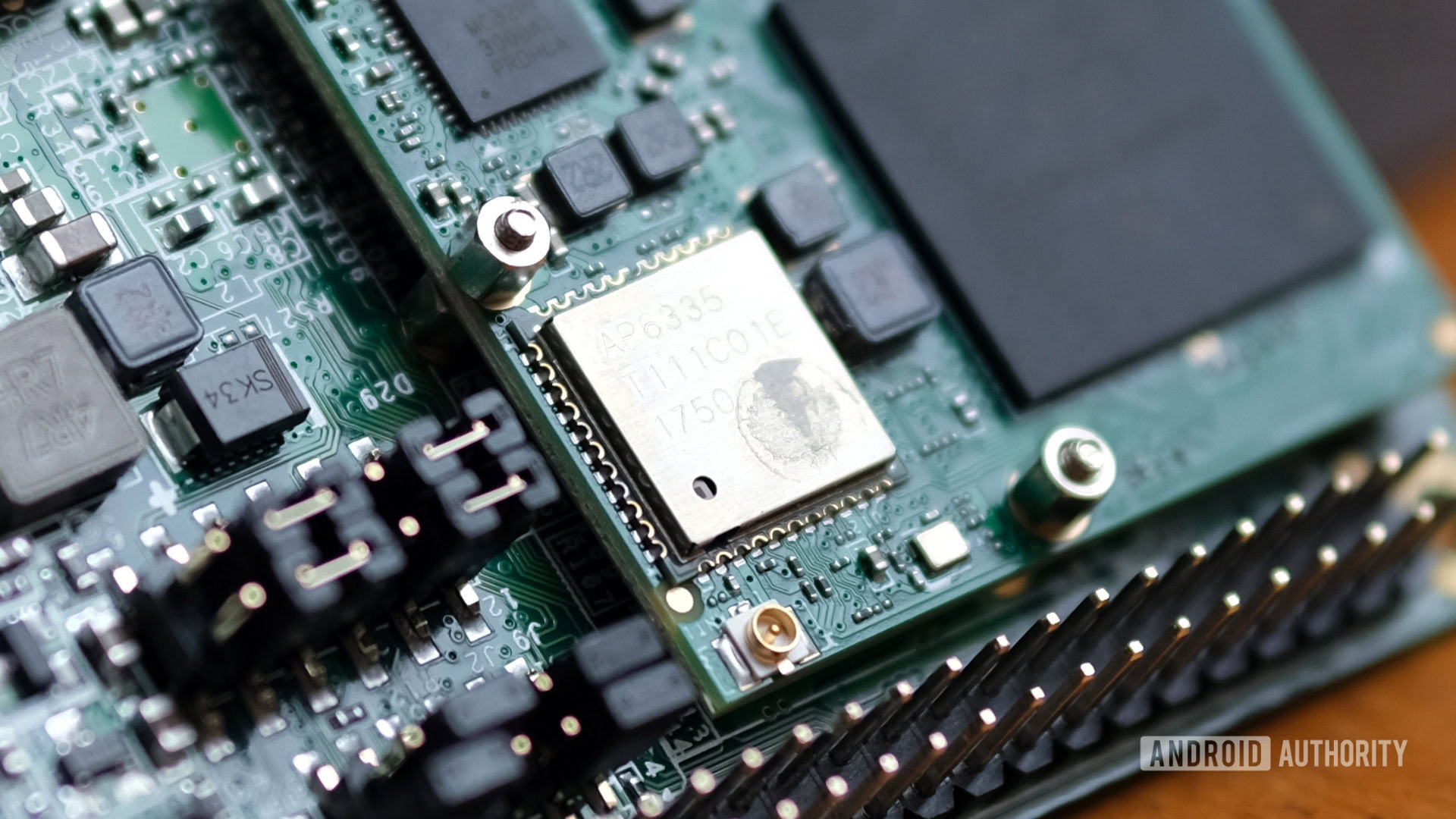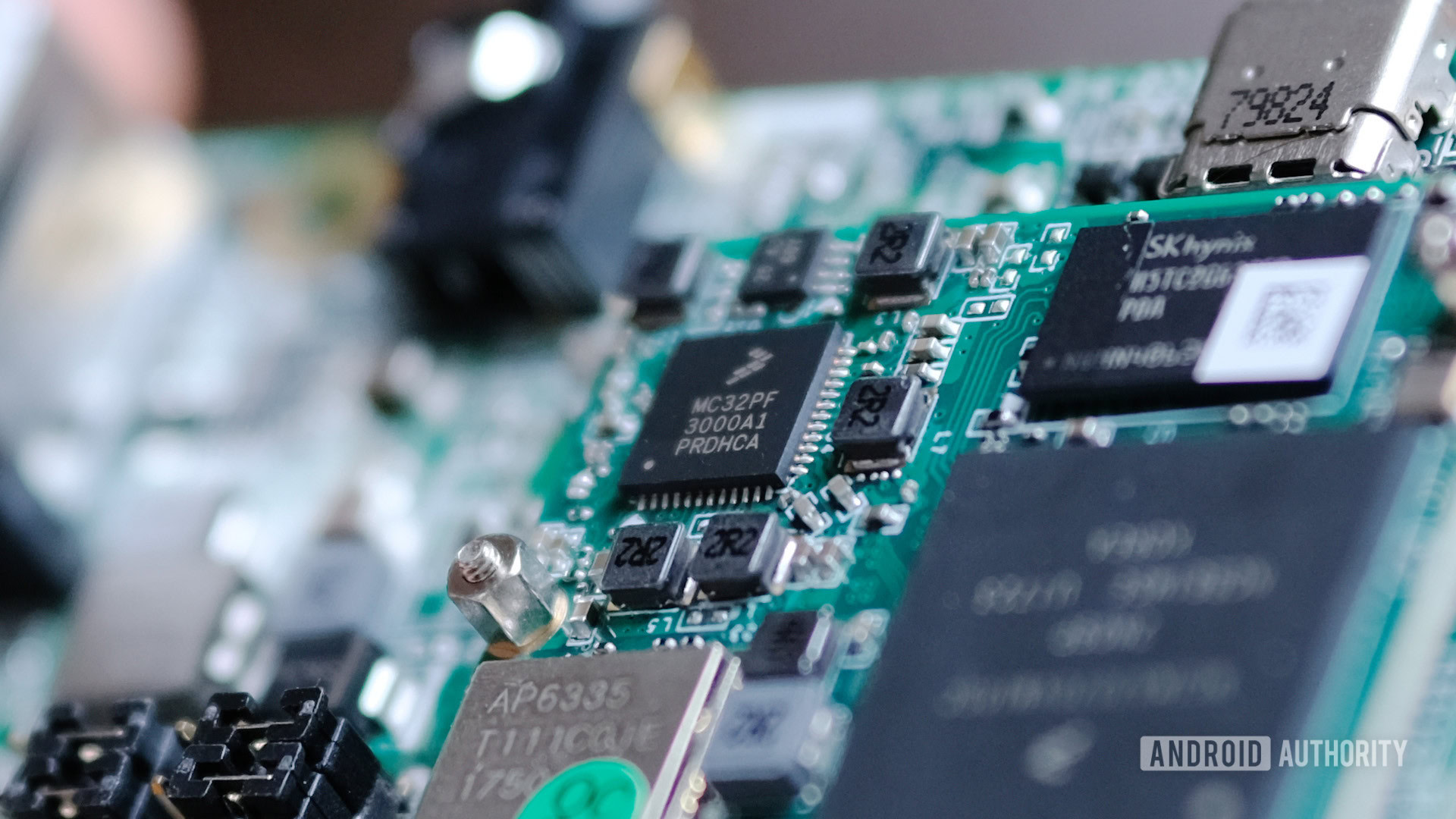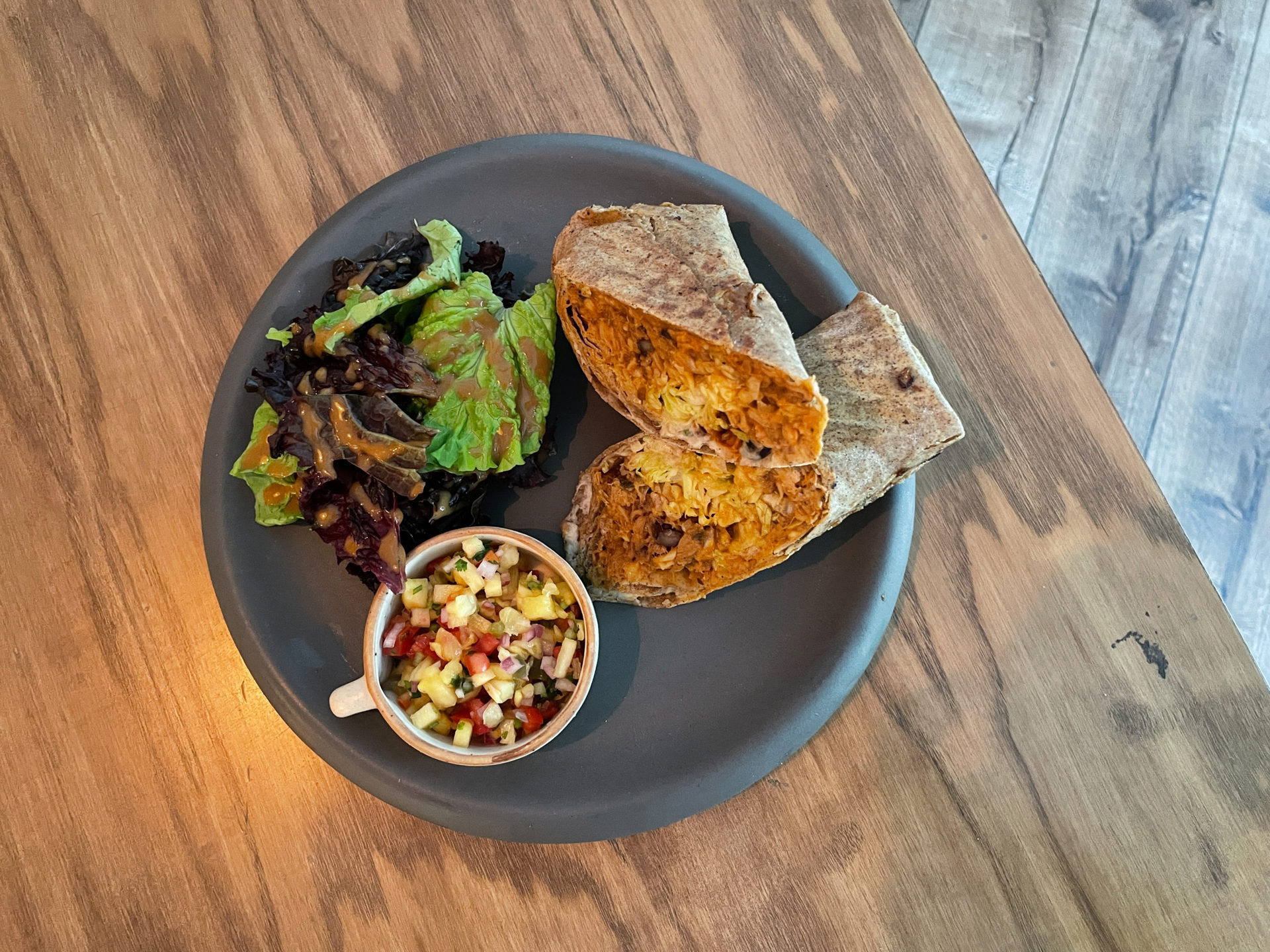
Robert Triggs / Android Authority
🌞 Good Morning, Daily Authority readers. I am currently toying with the Sony LinkBud S. I just got them yesterday and am figuring out just how they fare in comparison to the flagship Sony WF-1000XM4 true wireless earbuds. Have you bought any new devices lately? Tell me in the comments section. In the meantime, here’s what’s happening in the world of tech.
The big American push for homemade chips

Robert Triggs / Android Authority
The United States is on a mission to strengthen local semiconductor manufacturing amidst rising tensions with Beijing. Earlier this year, President Joe Biden signed the $280 billion CHIPS and Science Act, with $52 billion squared away to boost domestic chip production in the country. It’s an ongoing effort to circumvent China’s technological dominance amid the global chip shortage. Yesterday marked a very important step towards the US realizing its chip manufacturing goals.
- TSMC, the world’s largest contract chip maker, hosted a tool-in ceremony for its first factory in Phoenix, Arizona, on December 6. The event was attended by President Biden and Apple CEO Tim Cook.
- The sprawling facility is currently being fitted with production equipment and hopes to start churning out chips in the US by 2024.
- Apple has already committed to sourcing iPhone and MacBook chips from TSMC’s US factory. The company currently relies on chips produced overseas. “Now we’re going to do more of their supply chain here at home,” said Mr. Biden.
- Apple will first buy iPhone 14 Pro processors from TSMC. AMD and Nvidia will also put in orders with the facility.
What the future holds
- It’s clear that the Biden administration doesn’t want US tech companies to source chips and other components from China.
- Apple was recently warned against sourcing iPhone 14 memory chips from a controversial Chinese semiconductor manufacturer.
- US lawmakers also want to make it harder for China to secure cutting-edge technology from US companies.
- Huawei is a prime example of how the country is putting that into practice. Nvidia was also recently told it would need special licenses to sell AI processors to Chinese companies.
- This is why the Arizona TSMC factory is a feather in the cap for the US, something that signifies the country’s ambitious plans to become a tech superpower.
More chip production in the US
- Apart from building the $12 billion facility, TSMC will also build a second, more advanced manufacturing wing by 2026, upping the chipmaker’s total US investment commitment to $40 billion.
- Once both factories are fully functional, TSMC’s total output in Arizona will be 60,000 wafers per month, triple its original plan of 20,000.
- Besides TSMC, other chip makers are also betting big on US manufacturing.
- Intel is pumping in $20 billion to expand its Chandler manufacturing site, which will be operational in 2024.
- Intel is also building what it calls the world’s largest silicon manufacturing site in Ohio.
- Memory and storage chip maker Micron will be spending $100 billion to set up a “megafab” in New York.
- Samsung is also investing $17 billion to ramp up chip production in Texas.
🎤 Apple Music Sing is the karaoke feature we’ve all been waiting for. It even lets you adjust a song’s vocal levels! (Apple).
Wednesday Weirdness

Dhruv Bhutani / Android Authority
Don’t like certain foods? Kids not eating what you want them to eat? Psychologists have found a weird trick to change the way food tastes.
- A new study has revealed how the color of a bowl can impact the taste of the food it holds.
- 47 volunteers were split into two groups based on their responses to a food-pickiness questionnaire.
- Food was then served to the two groups in red, blue, or white bowls.
- While the color of the containers made no difference in perceived taste for non-picky eaters, the picky eaters reported changes in their taste based on the color of the bowl.
- Samples of salt and vinegar-flavored potato chips were also given to all of the participants to eat from the differently colored bowls.
- Volunteers were asked to rank them based on their desirability, saltiness, and flavor intensity.
- While the bowl color didn’t seem to have any influence on flavor intensity, there were differences in the other two categories for picky eaters.
- So weird, but I’m definitely trying this with my kid today!
Have a nice day,

